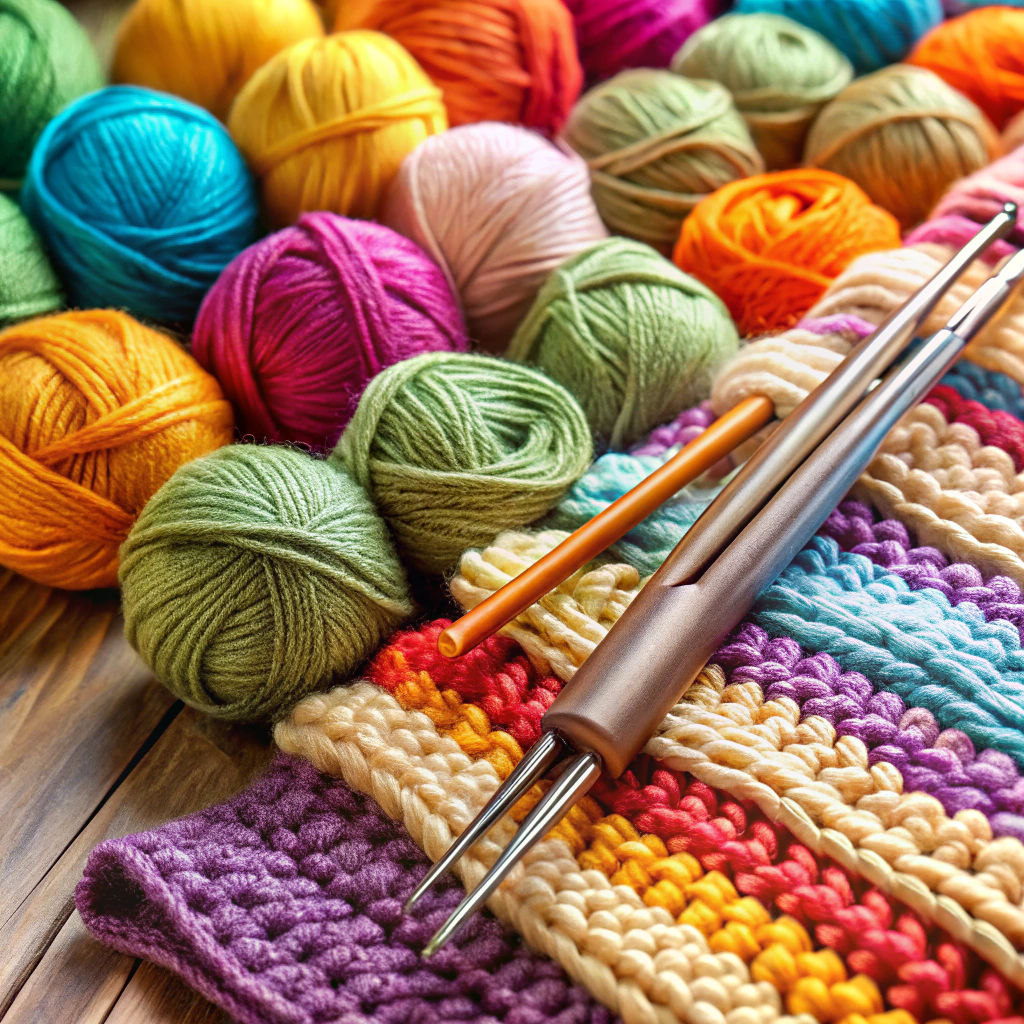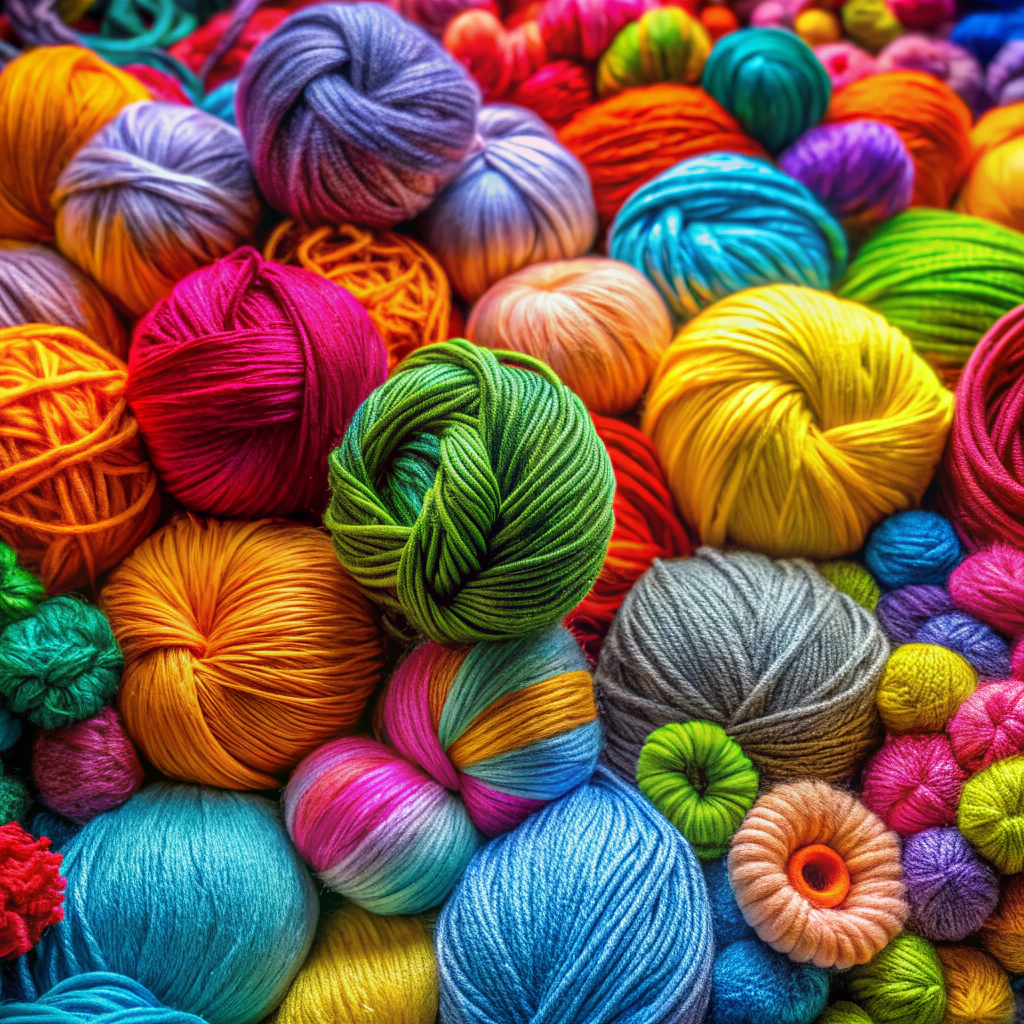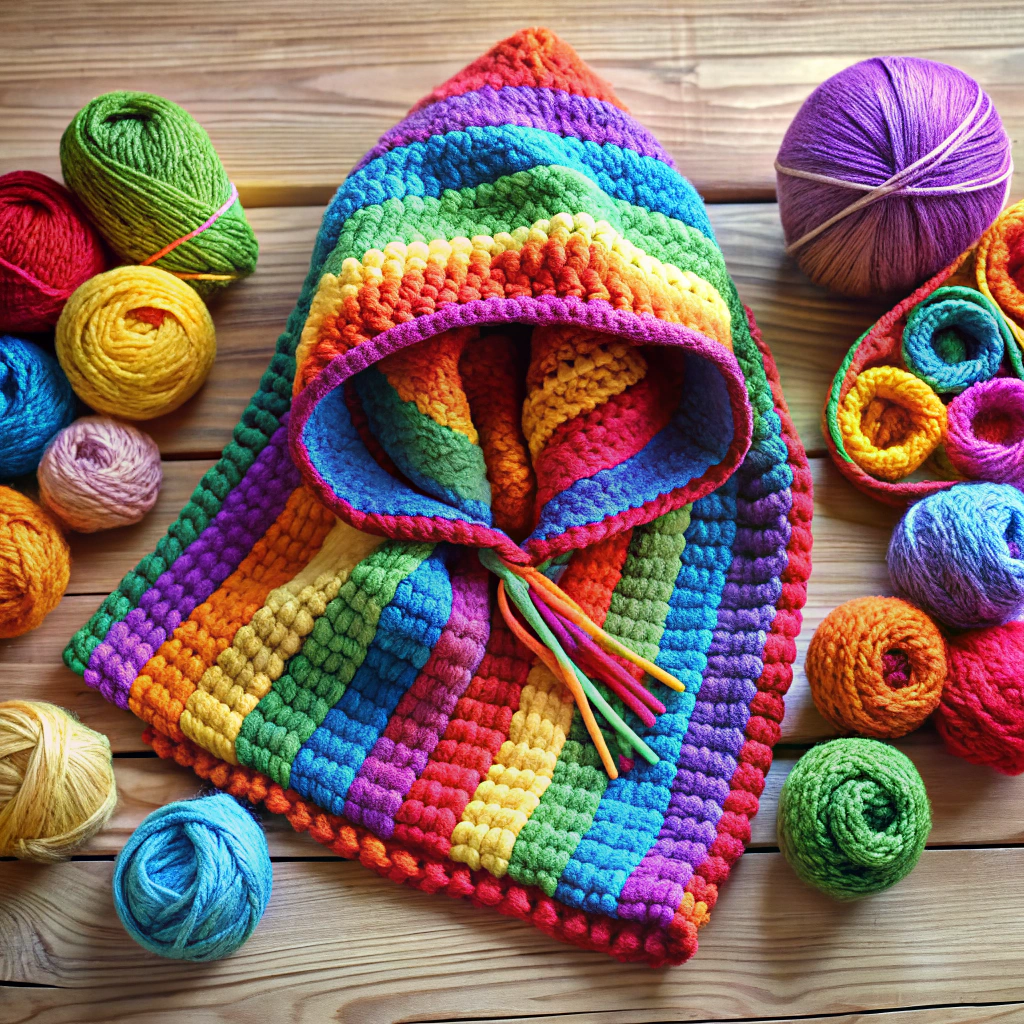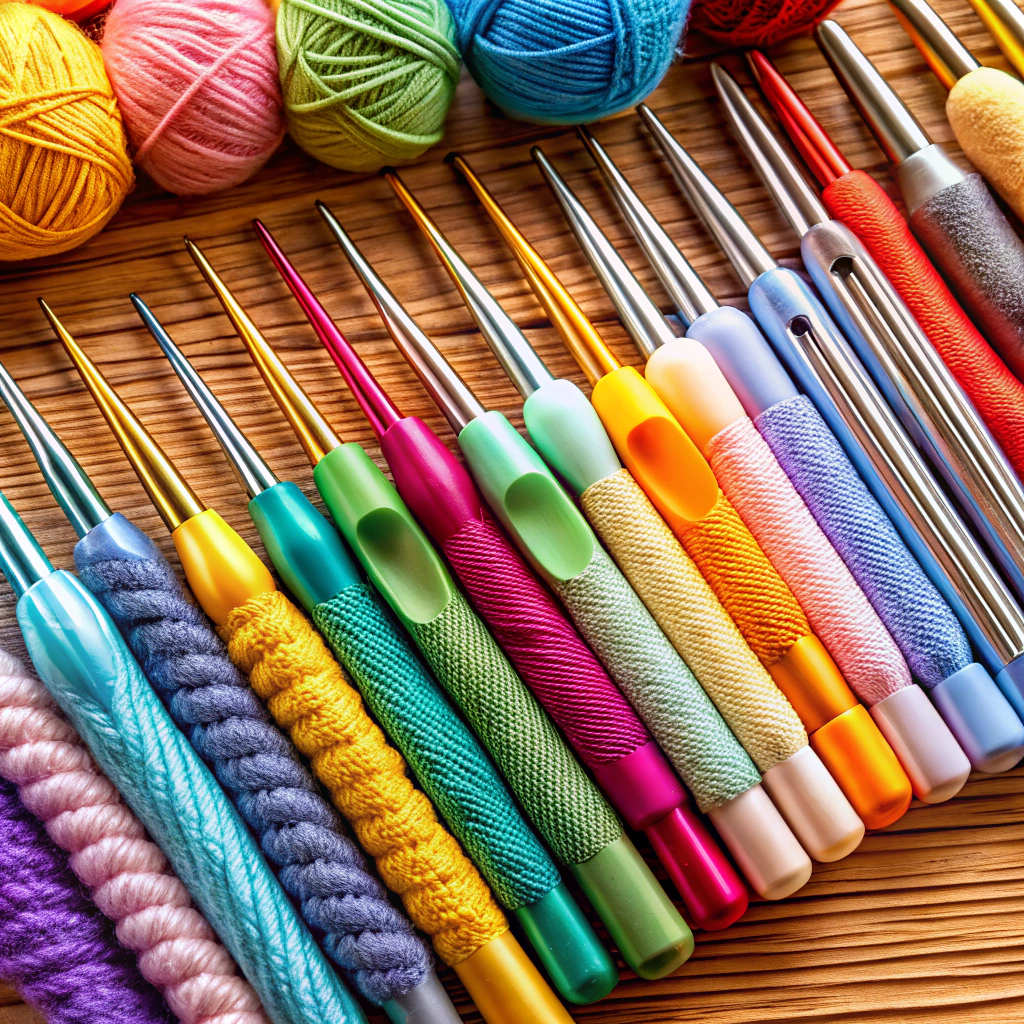Learn how much time you might need to crochet a scarf based on various factors like yarn type, hook size, and your crocheting speed.
Curious how long you’ll spend turning yarn into a cozy scarf? Good news: you’re in the right spot. From yarn weight to hook size, we’ll unravel all the factors that influence your crochet timeline. Get ready for the lowdown on scarf-crafting speed without the guesswork. Keep scrolling to become a faster, more efficient yarn wizard!
Key takeaways:
- Yarn weight affects crochet speed and scarf drape.
- Simple patterns crochet faster than complex ones.
- Skill level affects crochet speed and efficiency.
- Scarf length and width determine crochet time.
- Hook size impacts crochet speed and stitch detail.
The Weight of the Yarn Matters
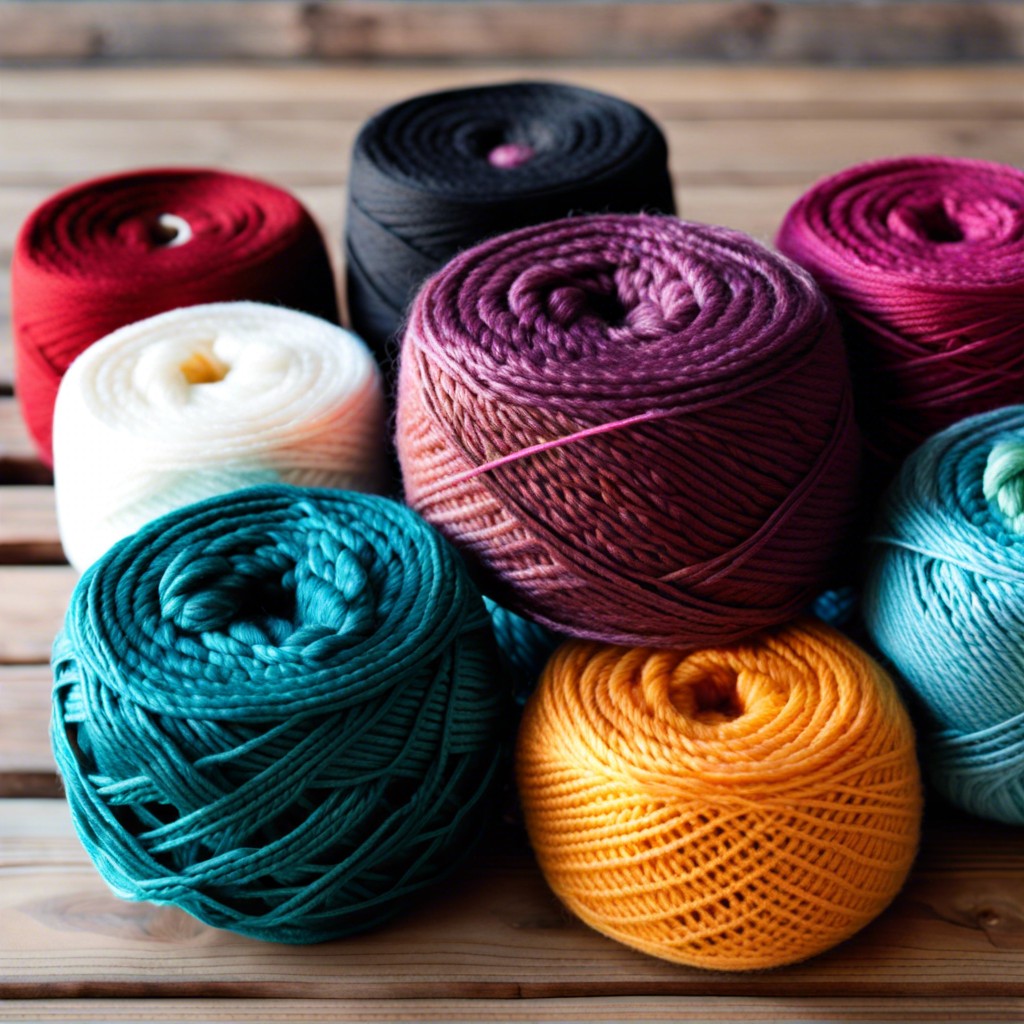
Heavier yarns like super bulky can speed up your scarf-crocheting adventure. Imagine them as the fast lane on a highway. You’ll zoom through your project!
On the flip side, lightweight yarns like lace or fingering require more stitches and time. They’re the scenic route—slow but rewarding.
Yarn weight also affects the drape and warmth of your scarf. A chunky scarf equals a cozy neck hug, while a lighter one offers a delicate, airy feel.
Different weights will require different hook sizes. For example, a bulky yarn may need a large hook, whereas a finer yarn will need a smaller one. This impacts both speed and the final look of your scarf.
Pattern Complexity
Some scarf patterns are as straightforward as it gets – plain single crochet, row after row, blissfully monotonous. Others, however, can be as intricate as a lace doily with more twists and turns than a soap opera plot.
If you choose a simple pattern, you might speed through it like a crochet ninja. Something fancier with cables, bobbles, or lace might slow you down, requiring more time and attention. Detailed patterns often necessitate frequent counting and stitch checking, meaning fewer rows accomplished in one sitting.
Consider this: an intricate pattern also means a lot more stopping and starting, checking the pattern, making sure you didn’t miss a vital stitch two rows ago – which, trust me, we’ve all done. So, a simpler pattern equals a quicker scarf. Complex designs? Clear your weekend.
Skill Level
Master ninja or beginner jedi, your skill level will significantly influence scarf-making speed. If you’re just starting, you might find yourself tangled in a web of yarn, unraveling more than you’d like. But hey, no one said becoming a crochet wizard would be easy.
Experienced crocheters? You folks glide through stitches like a hot knife through butter. Fast and smooth. Familiarity with different stitches helps. Basic stitches, like single crochet, are quicker to work with versus more intricate ones like the popcorn stitch.
Confidence plays a big role too. Newbies might hesitate, double-checking every move, while pros whip up rows with the precision of a crochet cheetah. So, whether you’re slowly climbing the crochet mountain, or already at the summit, your speed will vary accordingly.
Length And Width
Scarves come in all shapes and sizes. A skinny scarf for a chic look or a wide one to keep you cozy during a frosty morning? Your choice affects how long you’ll be crocheting.
- A narrow scarf might be as slim as 4 inches, easy to whip up in no time.
- A wider scarf can stretch up to 12 inches or more, demanding more stitches and therefore more time.
- Standard lengths vary too. A short neck-warmer might be 48 inches, while a wrap-it-around-a-million-times style could go up to 70 inches.
Remember, the longer and wider, the more yarn you’ll need and the more hours of binge-watching you can justify. Time to get comfy!
Crochet Hook Size Matters
Tiny hooks, like size B-1, call for more time and patience. Think “slow and steady wins the race,” but also “you might need a coffee break… or five.”
Larger hooks, such as N-15, allow you to ride the speed train to Scarftopia. Think of them as the jumbo jets of crocheting – faster, but maybe not ideal for tight, intricate stitches.
If Goldilocks crocheted, she’d prefer something in the middle. Mid-sized hooks, like G-6, offer balance. Not too fast, not too slow – just right!
Remember, the larger the hook, the chunkier the scarf; the smaller the hook, the finer the detail. Decisions, decisions!
Begin Scarf Body
Chain stitches first. Think of them as the foundation, the strong base for your cozy creation. If your scarf is your house, the chains are the concrete. Do chains loosely for a stretchy start, or snugly if you prefer a firm foundation.
Next, turn back and start your crochet stitch of choice into each chain. Single crochet is the tofu of the crochet world: simple, versatile, yet can be quite boring (unless you’re a tofu fan, then no judgments here). Half-double crochet is a bit fancier, like the quinoa of stitches, balancing ease and elegance.
As you work row by row, remember to count stitches, or risk a lopsided creation. Unless, of course, you’re into abstract, avant-garde scarves. Totally valid choice. Keep your tension even, or your scarf might end up looking like it had a wild night out.
Finishing Touches
Add fringes for a whimsical touch. Just cut yarn pieces, fold them in half, and loop them through the scarf’s edges. Voilà – instant pizzazz.
Consider blocking your scarf. Wet it, lay it flat, and shape it nicely. This helps even out stitches and makes the scarf look oh-so-professional.
Look out for any rogue yarn ends poking out. Tuck them in with your crochet hook. Not only does it tidy things up, but it also prevents the scarf from unraveling.
Lastly, give your scarf a final inspection. Check for any missed stitches or loose ends. A little extra time now saves you from awkward fashion moments later.

